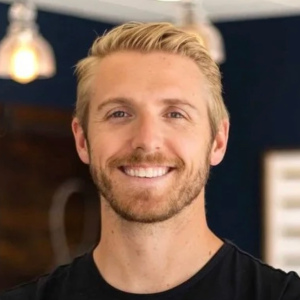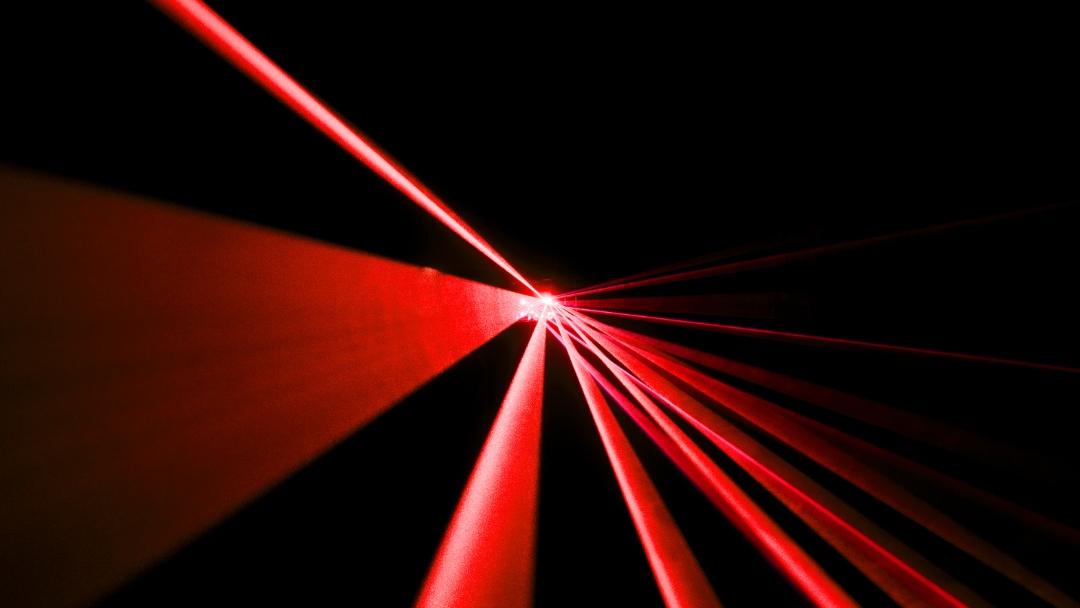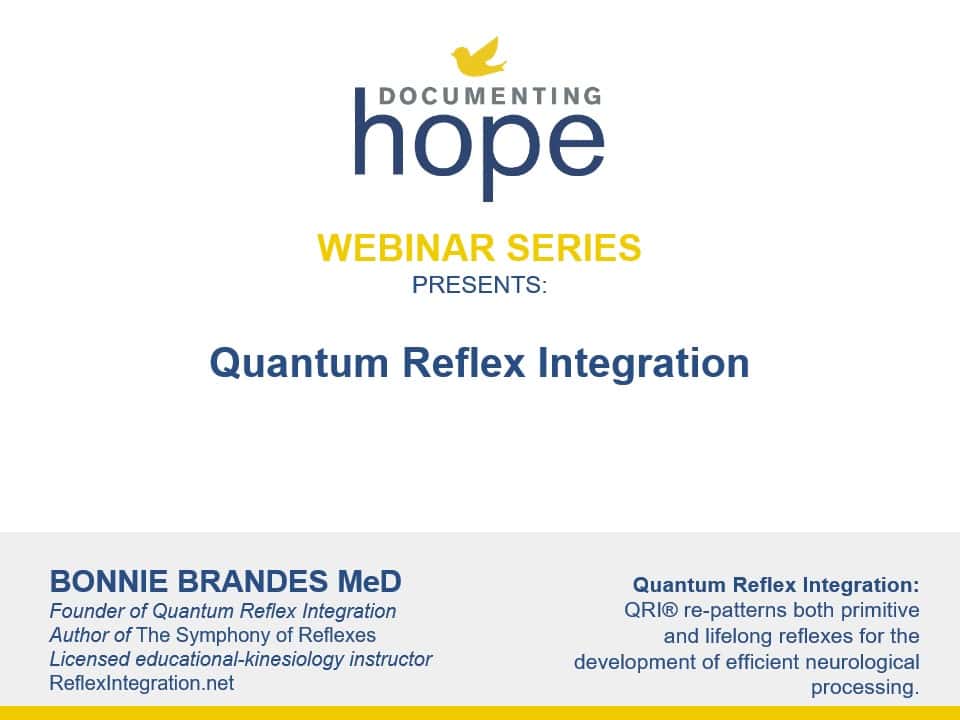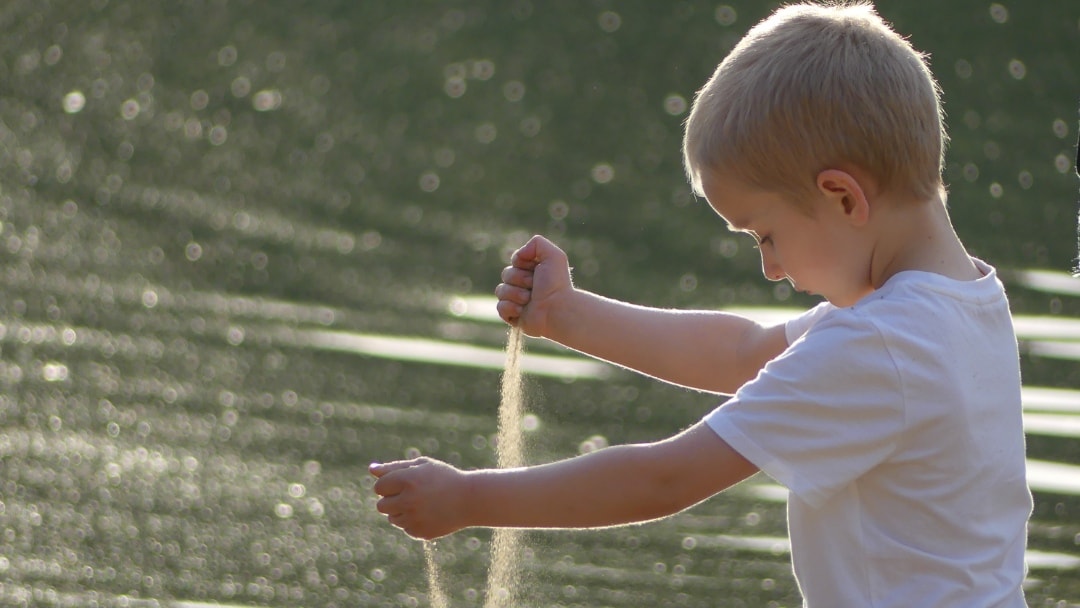We will be interviewing Dr. Josh Madsen about transcranial photobiomodulation for autism, ADHD and other neurodevelopmental disorders on Tuesday, October 28th, 2025 at 1:00pm Eastern. Sign up below to join us and ask your own questions!
What Is Transcranial Photobiomodulation?
Photobiomodulation (PBM) is a non-invasive therapy that can lower pain and inflammation while enhancing stem-cell proliferation and tissue repair. Transcranial photobiomodulation is a therapy that uses Low-Level Laser Therapy (LLLT) to stimulate cellular function and support neurological health with specific wavelengths of light. Peer-reviewed medical research (see Sources & References, below) has documented that this type of therapy can help those with the following conditions:
Transcranial photobiomodulation can:
- Lower neuroinflammation
- Decrease pain
- Enhance stem-cell proliferation
- Improve tissue repair
- Increase oxygen delivery to the brain
- Regulate immune function
- Improve reflex integration
- Increase brain connectivity
- Improve mitochondrial function
- Improve gut health
- Calm the central nervous system
- Improve blood flow to the brain
- Improve vagal tone
In This Webinar
Dr. Josh Madsen, a functional neurologist and the founder of Infinity Neuromotor Development Center, will help us to answer the following questions:
- What is photobiomodulation (PBM)?
- What is Low-Level Laser Therapy (LLLT)?
- Is transcranial photobiomodulation a subset of LLLT?
- What does the medical research say about this therapy?
- How can transcranial photobiomodulation improve symptoms of autism, ADHD and other neurodevelopmental challenges?
- How many sessions of transcranial PBM are needed to improve symptoms?
- What is the range of costs that a parent might expect for this therapy for their child?
- Where can a parent find a transcranial PBM practitioner?
- What kind of results might a parent expect from this therapy? Do all children with neurodevelopmental challenges see such changes?
- What are examples of success stories of children who have undergone this therapy?
- Does symptom improvement “stick” or do children need to have tune-ups?
- Can this therapy work for adults as well as children?
Join us for this live webinar to ask Dr. Madsen your own questions and find out more about this therapy!
About Josh Madsen DC
Dr. Josh Madsen is the founder of Infinity Neuromotor Development Center, which offers a unique, personalized, whole-child approach integrates the latest neuro-motor therapies with the transformative powers of functional neuroscience, chiropractic care, neuromotor rehabilitation and nutrition.
With over a decade of experience in functional neurology, Dr. Josh Madsen is on a mission to help 1,000 doctors open 1,000 clinics—creating a ripple effect that will reshape the landscape of healthcare. Combining cutting-edge neurological expertise with a passion for patient-centered care, Dr. Josh has empowered chiropractors and healthcare practitioners around the globe to elevate their practices and change lives.

Dr. Josh’s approach is simple but profound: Equip practitioners with the knowledge, tools, and confidence to provide life-changing care for patients. Through his flagship course, Unraveling the Brain, and his pioneering work in functional neurology, Dr. Josh teaches doctors how to uncover the root causes of neurological challenges in both children and adults, providing them with the framework to build successful, impactful clinics.
You can find out more about him at his website https://www.drjoshmadsen.com/, his podcast Unraveling the Brain with Dr. Josh Madsen and his Instagram channel @dr.joshmadsen
Disclaimer
This webinar is not a substitute for medical advice, treatment, diagnosis, or consultation with a medical professional. It is intended for general informational purposes only and should not be relied on to make determinations related to treatment of a medical condition. Documenting Hope has not verified and does not guaranty the accuracy of the information provided in this webinar.
Still Looking for Answers?
Visit the Documenting Hope Practitioner Directory to find a practitioner near you.
Join us inside our online membership community for parents, Healing Together, where you’ll find even more healing resources, expert guidance, and a community to support you every step of your child’s healing journey.
Sources & References
Anders, J.J., et al. Low-level light/laser therapy versus photobiomodulation therapy. Photomed Laser Surg. 2015 Apr;33(4):183-4.
Bicknell, B., et al. Neurodegenerative and Neurodevelopmental Diseases and the Gut-Brain Axis: The Potential of Therapeutic Targeting of the Microbiome. Int J Mol Sci. 2023 May 31;24(11):9577.
Ceranoglu, T.A., et al. Dr. Joseph Biederman's Enduring Legacy: Illuminating the Path to Addressing Autistic Traits in Attention Deficit Hyperactivity Disorder With Transcranial Photobiomodulation. J Atten Disord. 2024 Mar;28(5):664-668.
Ceranoglu, T.A., et al. Transcranial Photobiomodulation in Adults with High-Functioning Autism Spectrum Disorder: Positive Findings from a Proof-of-Concept Study. Photobiomodul Photomed Laser Surg. 2022 Jan;40(1):4-12.
Coelho, D.R.A., et al. Transcranial photobiomodulation for neurodevelopmental disorders: a narrative review. Photochem Photobiol Sci. 2024 Aug;23(8):1609-1623.
da Silva Neto Trajano, L.A., et al. Does photobiomodulation alter mitochondrial dynamics? Photochem Photobiol. 2025 Jan-Feb;101(1):21-37.
Dompe, C., et al. Photobiomodulation-Underlying Mechanism and Clinical Applications. J Clin Med. 2020 Jun 3;9(6):1724.
Fradkin, Y., et al. Transcranial photobiomodulation for reducing symptoms of autism spectrum disorder and modulating brain electrophysiology in children aged 2-7: an open label study. Front Child Adolesc Psychiatry. 2025 Jan 29:4:1477839.
Hamblin, H.R. Could Photobiomodulation Treat Autism Spectrum Disorder? Photobiomodul Photomed Laser Surg. 2022 Jun;40(6):367-369.
Hamilton, C., et al. Lights on for Autism: Exploring Photobiomodulation as an Effective Therapeutic Option. Neurol Int. 2022 Oct 27;14(4):884-893.
Lai, Q.J., et al. Repetitive Transcranial Photobiomodulation Improves Working Memory and Attention in Adults with ADHD: A 4-Week Follow-Up Study. Photobiomodul Photomed Laser Surg. 2025 May;43(5):190-197.
Lin, L., et al. Effectiveness and safety of low-level laser therapy in diabetic peripheral neuropathy: a protocol for a systematic review and meta-analysis. Syst Rev. 2021 Apr 2;10(1):96.
López-Rodríguez, S., et al. Noninvasive Brain Stimulation for Neurodevelopmental Disorders: A Systematic Review. J Neuropsychiatry Clin Neurosci. 2025 Fall;37(4):297-312.
Powner, M.B., et al. Light stimulation of mitochondria reduces blood glucose levels. J Biophotonics. 2024 May;17(5):e202300521.
Powner, M.B., et al. Systemic glucose levels are modulated by specific wavelengths in the solar light spectrum that shift mitochondrial metabolism. PLoS One. 2022 Nov 3;17(11):e0276937.
Wang, K., et al. Photobiomodulation for diabetes and its complications: a review of general presentation, mechanisms and efficacy. Ann Med. 2024 Dec;56(1):2433684.
Zafari, J., et al. Photobiomodulation therapy: a promising treatment for insulin resistance in type 2 diabetes. In Vitro Cell Dev Biol Anim. 2025 Jun;61(6):703-711.




